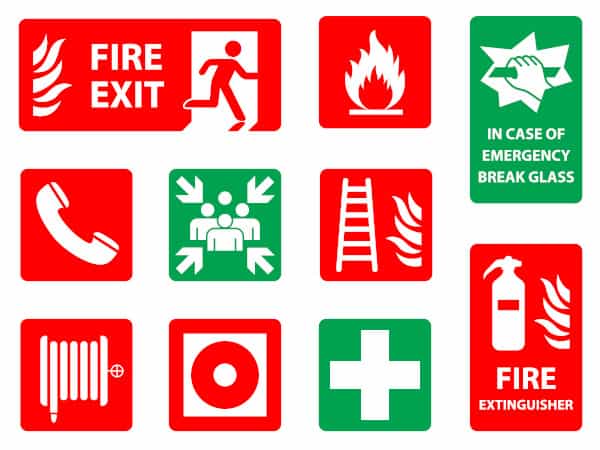
Benefits of LED Recessed Lights: Why Upgrade Your Lighting?
In the world of lighting, LED recessed lights have emerged as a popular choice for homeowners, businesses, and designers alike. These sleek

In the realm of fire safety, proper signage placement can make a critical difference in the event of an emergency. Fire safety signs wholesale serve as beacons of guidance, directing occupants to safety exits, firefighting equipment, and emergency assembly points. However, for these signs to fulfill their intended purpose, they must be strategically positioned throughout a building or facility. In this blog post, we delve into the best practices for fire safety sign placement to ensure maximum effectiveness in emergency situations.
Before diving into placement strategies, it’s essential to have a clear understanding of the types of fire safety signs required by regulations and standards. These typically include:
By knowing which signs are necessary, building owners and managers can ensure comprehensive coverage of critical areas.
Visibility is paramount when it comes to fire safety signs. Signs should be placed in locations where they are easily visible to occupants, even under normal lighting conditions. Consider factors such as line of sight, distance, and obstructions when determining placement. Avoid placing signs behind obstacles or in areas with poor visibility, such as corners or alcoves.
Fire blanket signs wholesale should be strategically positioned at key decision points throughout a building. These decision points include intersections, stairwells, hallways, and entrances/exits. By placing signs at these locations, occupants can quickly assess their surroundings and determine the best course of action in the event of an emergency.
Consistency in signage placement is essential for familiarity and ease of navigation. Adopting standardized placement practices ensures that occupants can rely on a consistent layout regardless of their location within the building. For example, exit signs should be placed above doors or along exit routes at regular intervals to maintain continuity and clarity.
In the event of a power outage or low visibility conditions, emergency lighting plays a crucial role in illuminating escape routes. Fire safety signs should be positioned in areas that are adequately lit by emergency lighting to ensure their visibility remains uncompromised during emergencies. Coordinate sign placement with emergency lighting fixtures to maximize effectiveness.
Consider the height and viewing angle of fire safety signs to optimize visibility for occupants of varying heights and positions. Signs should be mounted at eye level or slightly above eye level to ensure they are easily seen by individuals walking or standing. Avoid placing signs too high or too low, as this can hinder visibility and comprehension.
Once fire extinguisher identification signs wholesale are installed, regular inspection and maintenance are essential to ensure their continued effectiveness. Inspect signs for damage, fading, or obstructions regularly, and replace or relocate signs as needed. Additionally, update signage as changes to the building layout or occupancy occur to reflect current conditions accurately.
Effective fire safety sign placement is a critical component of emergency preparedness and can save lives in the event of a fire or other emergencies. Prioritizing proper sign placement demonstrates a commitment to safety and preparedness, fostering a secure environment for all who inhabit or visit the building.

In the world of lighting, LED recessed lights have emerged as a popular choice for homeowners, businesses, and designers alike. These sleek

Smoke alarms are indispensable guardians of home safety, offering early detection of fires and potentially saving lives. However, to ensure their effectiveness,